The aircraft we are presenting today for review is the de Havilland DH.98 Mosquito which served for the British Royal Air Force as their twin-engine multirole combat aircraft during World War II. The unusual fact about the de Havilland DH.98 Mosquito was that this aircraft had its frame designed and constructed almost entirely of wood. This wooden airframe design earned it the nickname Wooden Wonder or also the Mossie. The Minister of Aircraft Production for Britain at that time nicknamed de Havilland DH.98 Mosquito as Freeman’s Folly. The aircraft, when presented in 1941, was amongst the fastest serving aircraft on the planet.
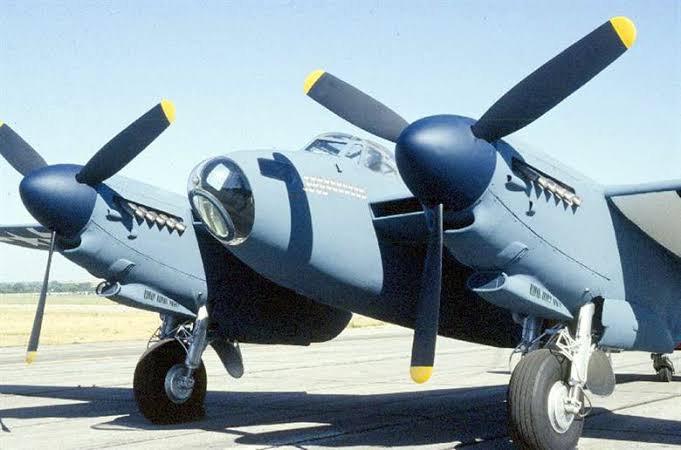
The aircraft as first designed with a view of being used as a fast bomber but the war needs saw it changing its roles from bomber to the following.
- Daytime bomber for tactical missions
- Night bomber
- Pathfinder for daytime
- Night fighter
- Intruder
- Maritime striker
- Photo reconnaissance airplane
Due to the effectiveness of the de Havilland DH.98 Mosquito at that time, it was not only used by the RAF but also of the various other nations as well. The most well of the de Havilland DH.98 Mosquito performances was in the Southeast Asian war theater and then during the Pacific War. In the 1950s, the age for the de Havilland DH.98 Mosquito came to an abrupt end after RAF introduced the new and improved version jet-powered aircraft by the name English Electric Canberra.
For our readers, we have scavenged through history to find some interesting facts about the de Havilland DH.98 Mosquito.
Origin:-
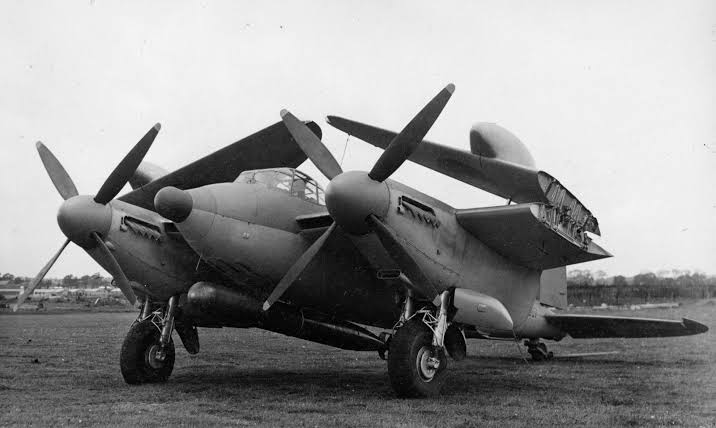
The origin for the de Havilland DH.98 Mosquito occurred after the emergence of the racing airplanes back in the 1930s. These racing planes were also produced by the all-wood frame and were produced by the de Havilland. The aircraft had the extensive usage of the wood upon the stressed skin of airframes that made them a revolutionary approach as compared to the all-metal airframe designs.
The racing aircraft from de Havilland was known by the name Comet and it went on to be in the fleet of many of the world air forces. This led the de Havilland to create their all-wood design airliner which birthed the 7 of the DH.91 Albatross that took to the skies back in 1937. British authorities first refused the design of the de Havilland’s all –wood aircraft but had to reconsider after seeing the all-wood airframe design for a bomber aircraft.
Design:-
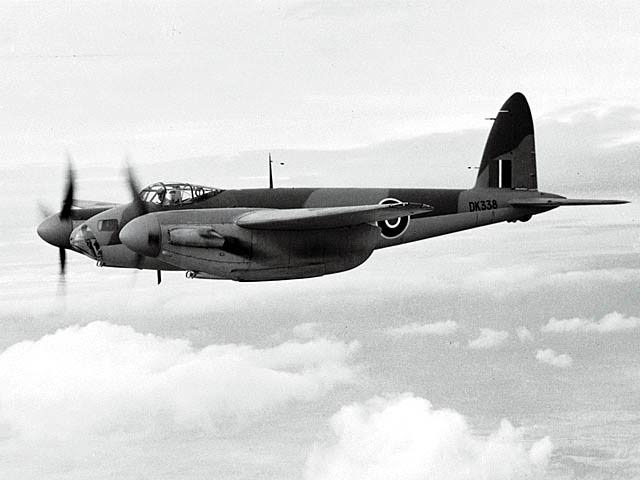
Undeterred by the refusal, de Havilland started working on the design in a private venture to create the unarmed light bomber model. This design was conventionally light in weight and smaller than the traditional bombers at the time to help reduce the crew members. The aircraft only needed a pilot and navigator for operating over the air defenses of the enemy with high speeds and having an increased range.
By 1939 Germany was making moves on both the military and the political front and the prototype for the de Havilland DH.98 Mosquito was ready. RAF after making the review approved the contract for a bomber prototype along with the delivery of 50 such bomber aircraft back in December of 1939.

The company started working on the design of the new aircraft under the designation de Havilland DH.98 Mosquito in complete secrecy. The design had slight modifications done to it as it would be serving in the combat and that led to the development of the two basic variants of de Havilland DH.98 Mosquito; a bomber aircraft and a photo-reconnaissance aircraft.
Wooden design; Success of Mosquito:-
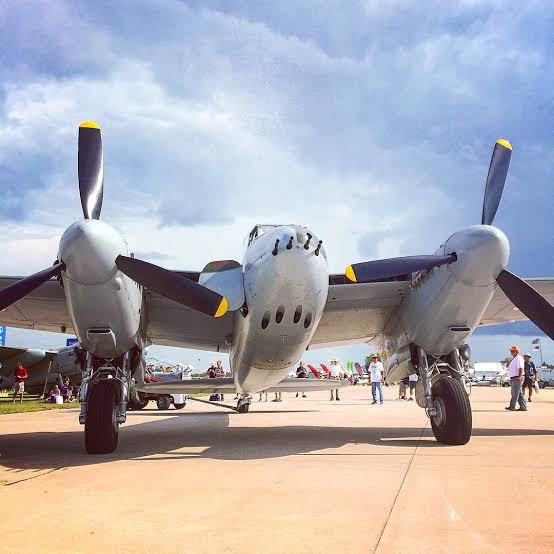
The key to success of the de Havilland DH.98 Mosquito was its wooden design which lowered the production time in times of war. During the war, metal proved to be a sought-out resource and what was available of it was used in the manufacturing of the submarines and the battleships along with the bombshells. This led to the British Army be in need of the skilled woodworkers and they were not that hard o come by during the war efforts of Britain. This was what led to the success of the de Havilland DH.98 Mosquito to be one of the famed fighters in the early period of World War II.
First Flight:-
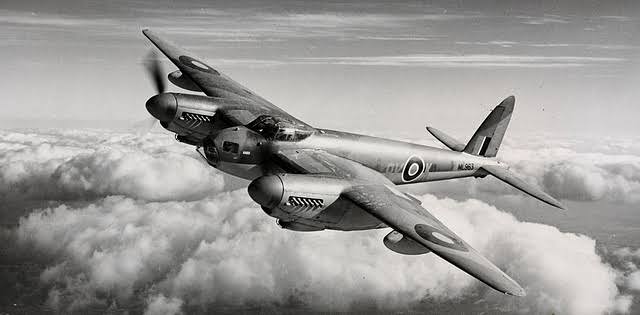
The very first time the de Havilland DH.98 Mosquito was back on25th November 1940 and the successful flight of the de Havilland DH.98 Mosquito caused any skepticism from the British Air Ministry to be silenced.
Popular Variants:-
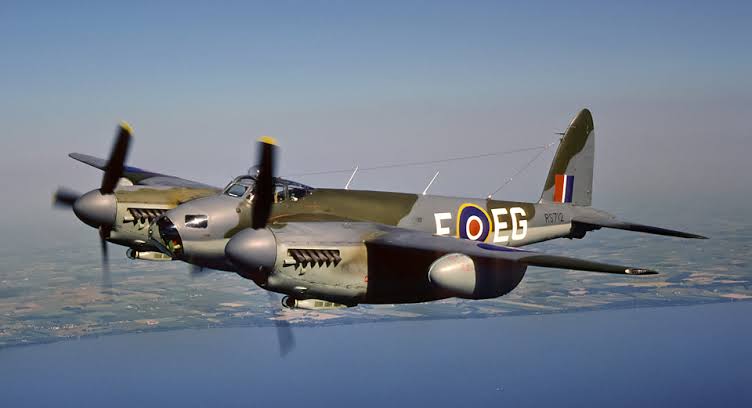
After the mass production of the de Havilland DH.98 Mosquito was green-lighted, the de Havilland then unveiled the prototype of the fighter aircraft which took was incorporated into the service of RAF in that same year.
Another popular variant for the de Havilland DH.98 Mosquito was the photo-reconnaissance aircraft that was fitted with 3 camera systems along with an option to fit the 4th one too.
As for the night fighter varmint of the de Havilland DH.98 Mosquito, it was equipped with the AI (Airborne Interception) radar to serve its role effectively. In order to protect the crew in the cockpit, all of the de Havilland DH.98 Mosquito variants were equipped with a bulletproof windscreen while the wings were reinforced like any fighter aircraft.
Upgrading with the passage of time:-
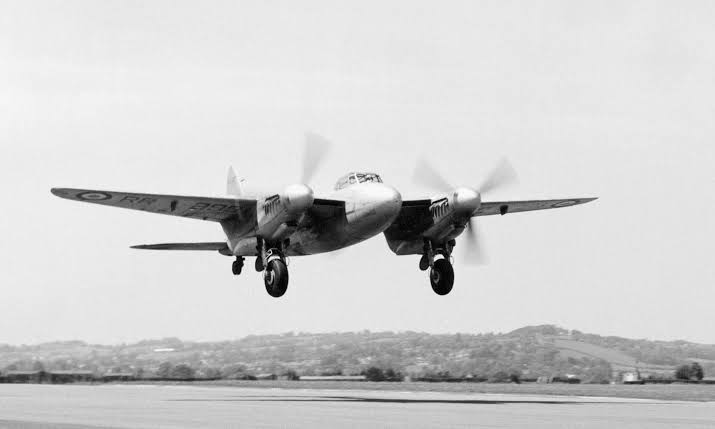
The night fighter variants of the de Havilland DH.98 Mosquito were upgraded with the passage of time with new radar suites the crew that was operating the aircraft in the thick of the night skies would be able to navigate the enemy defenses with the onboard technology and then get in range of the enemy fighters in a surprise. In some models, a rear radar was also fitted to increase the night fighter capabilities o the de Havilland DH.98 Mosquito.
A psychological warfare tool:-
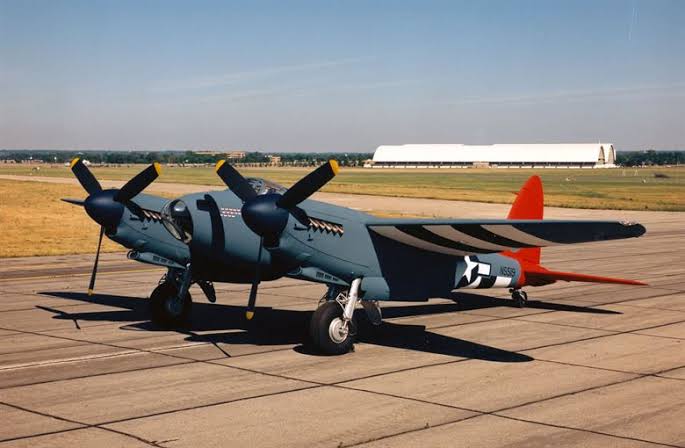
These de Havilland DH.98 Mosquitoes were mostly used as a psychological warfare tool that targeted the housing of the factory workers and their families. The bombing raids would cause disruption in the sleep of workers and the next day the sleep-deprived workforce of Germany would be too battered up to work effectively.
It was not unlit 1942 that de Havilland DH.98 Mosquitoes were given the signal to do bombing runs on Berlin in the daytime.
Mass Production and other Operators:-
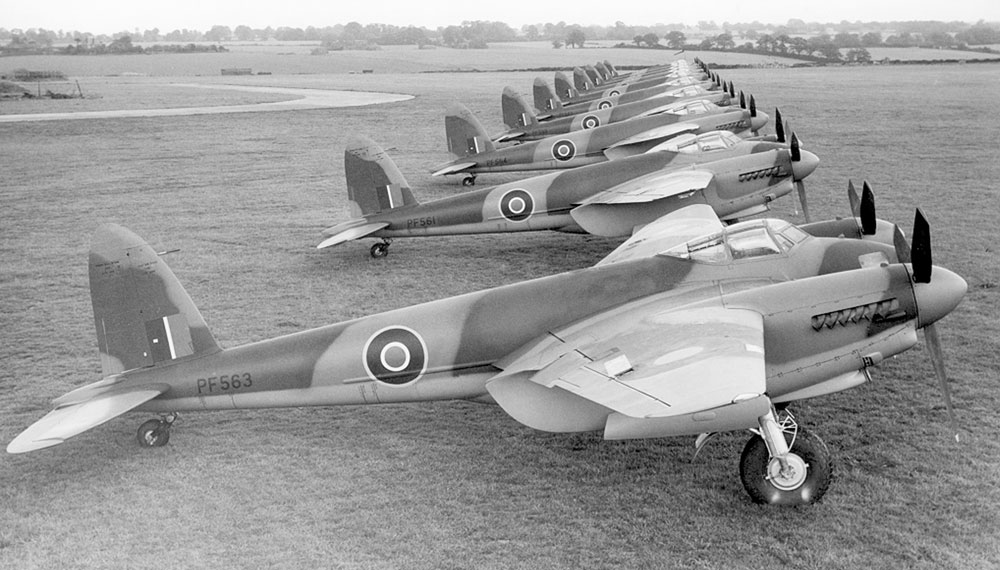
Prior to the start of World War II and to the end, nearly 7781 units of the de Havilland DH.98 Mosquito were manufactured for the Allied Forces. Other than RAF other countries also used the de Havilland DH.98 Mosquito in their war efforts with key countries being the following.
- Australia
- Canada
- France
- New Zealand
- Soviet Union
- Turkey
- United States
Armament:-
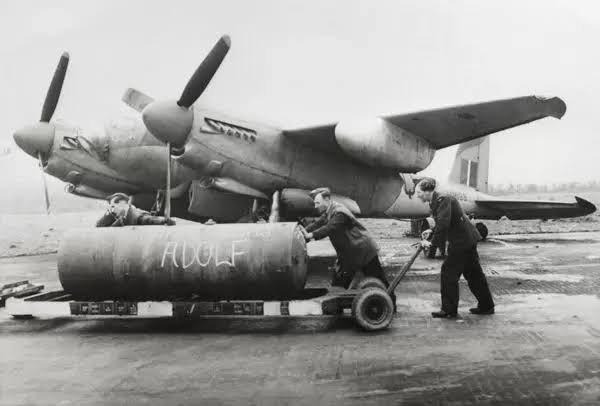
A standard model of the de Havilland DH.98 Mosquito was equipped with 4 of the 7.7 mm Browning machine guns fitted on its nose section. As for under the nose section was equipped to have 4 of 20mm Hispano Cannons.

Optional armament fittings of the de Havilland DH.98 Mosquito were as follows.
- Bomb carrying capacity of somewhere from 500 lbs t 4000 lbs which were used for storing extra fuel tanks as well.
- 1 57 mm autocannons fitted in the nose after replacing 4 standard cannons
- 4 7.7 mm Browning machine guns under the fuselage
- 2 of the 500 lbs each bomb placed under its wings
- 1 Torpedo held underneath its fuselage section externally
Powerplant:-
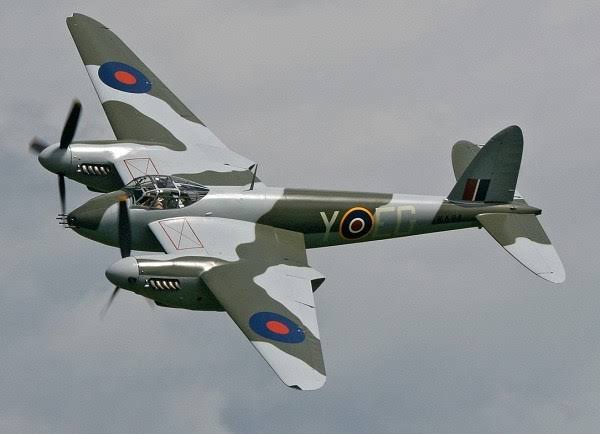
de Havilland DH.98 Mosquito was powered by 2 of the Rolls Royce Merlin 76 V-12 liquid-cooled inline piston engines that allowed for the aircraft to fly at a top speed of 407 mph for a range of 1229 miles. The aircraft could fly at a ceiling of 38025 feet which was achieved with a climbing rate of 2850 feet per minute.
Retirement:-
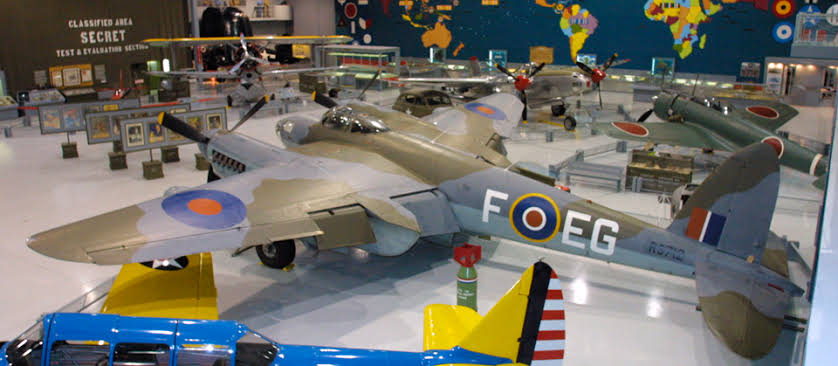
The era for the de Havilland DH.98 Mosquito came to an end back in the early 1950s when the RAF retired the aircraft. RAF replaced their fleet of de Havilland DH.98 Mosquitoes in all its variant forms with the jet-powered aircraft known as the English Electric Canberra.
Related Content
Some little known facts about the Boeing KC-97 Stratofreighter; The Strategic Tanker

